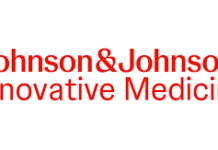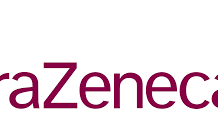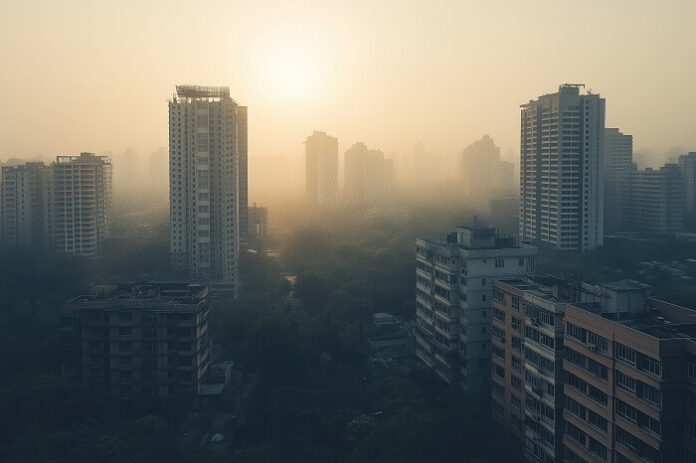Residents of New Delhi, India’s capital, were engulfed in toxic smog as air pollution levels soared to more than 50 times the World Health Organization’s (WHO) recommended daily limit. Cooler temperatures and sluggish winds trapped hazardous pollutants in the air, worsening the situation.
At dawn, parts of the city, home to over 30 million people, saw “hazardous” levels of fine particulate matter (PM2.5) exceed 806 micrograms per cubic meter, according to monitoring firm IQAir. This was more than 53 times the WHO’s recommended daily limit for PM2.5, which are dangerous, cancer-causing particles that can enter the bloodstream through the lungs.
Many residents cannot afford air purifiers, nor do they have homes that can be sealed off from the polluted air. The city suffers from heavy smog annually, primarily due to stubble burning by farmers in nearby regions, along with emissions from factories and traffic. However, a recent report by The New York Times, based on air and soil samples collected over five years, revealed that a significant amount of toxic fumes also emanates from a power plant burning the city’s landfill waste. Experts expressed concern over the high levels of heavy metals found in these emissions.
Last month, India’s Supreme Court ruled that clean air is a fundamental human right, directing both the central and state governments to take action. However, critics argue that political conflicts between rival politicians and state and central authorities have worsened the issue.
As reported by economictimes, the WHO has warned that air pollution is a leading cause of strokes, heart disease, lung cancer, and respiratory diseases, and it is particularly harmful to infants, children, and the elderly. A study published in The Lancet journal estimated that air pollution contributed to 1.67 million premature deaths in India in 2019.
























